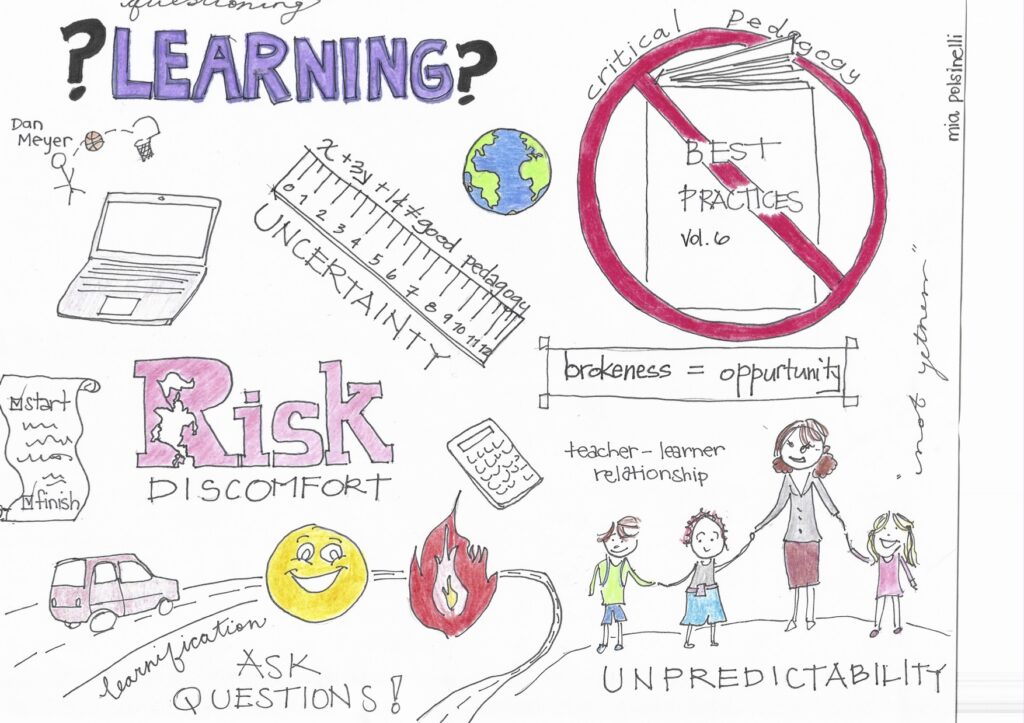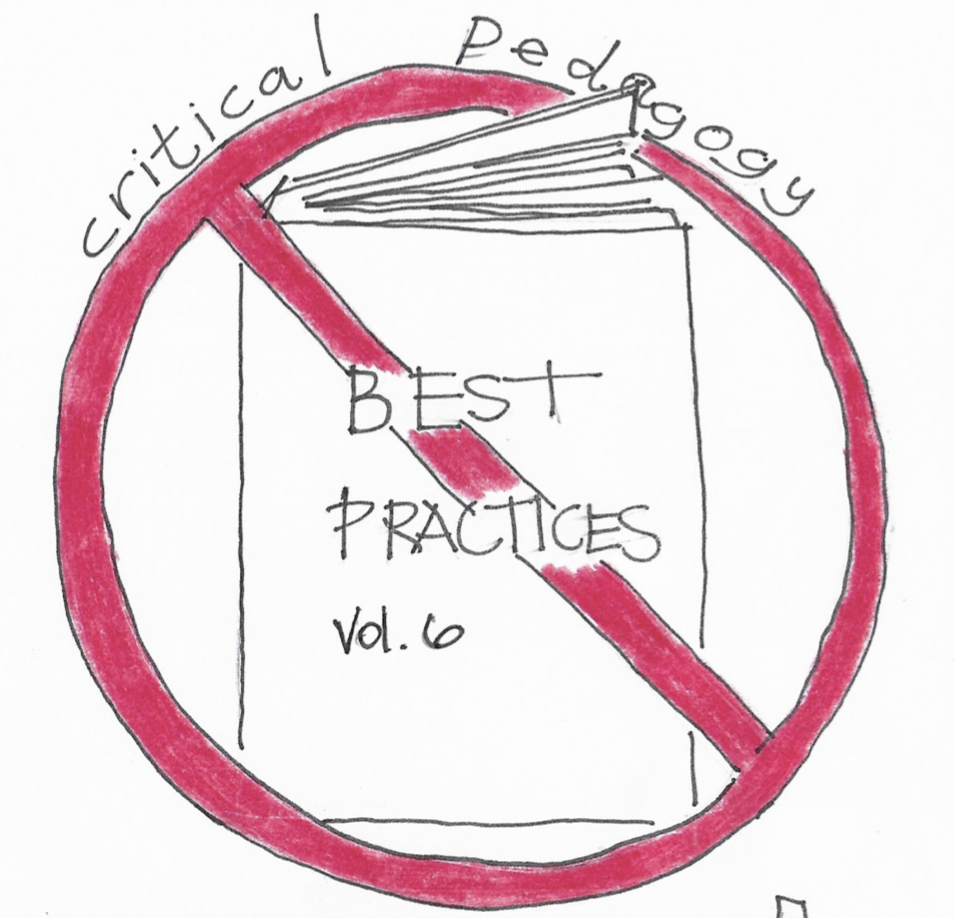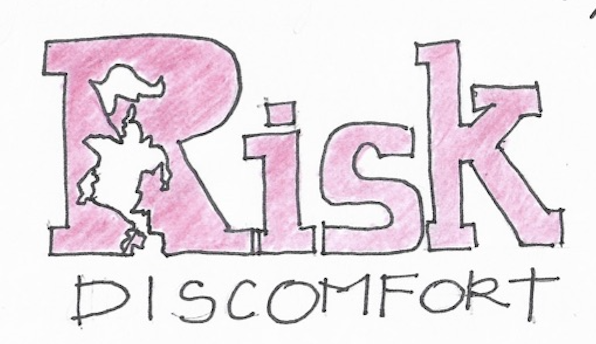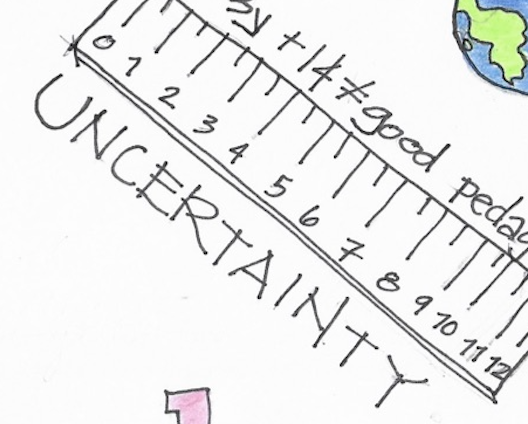Creating my artifact on Canva was a very enjoyable experience. Before making my infographic online, I had a pretty good idea of what I wanted it to look like. With Canva, I was able to seamlessly turn my vision into the actual artifact. It was very user-friendly and offered meaningful templates if you didn’t know where to start. As this was my first time using Canva, I spent time looking at other designs and templates they offer, and I know I will be using it in the future.
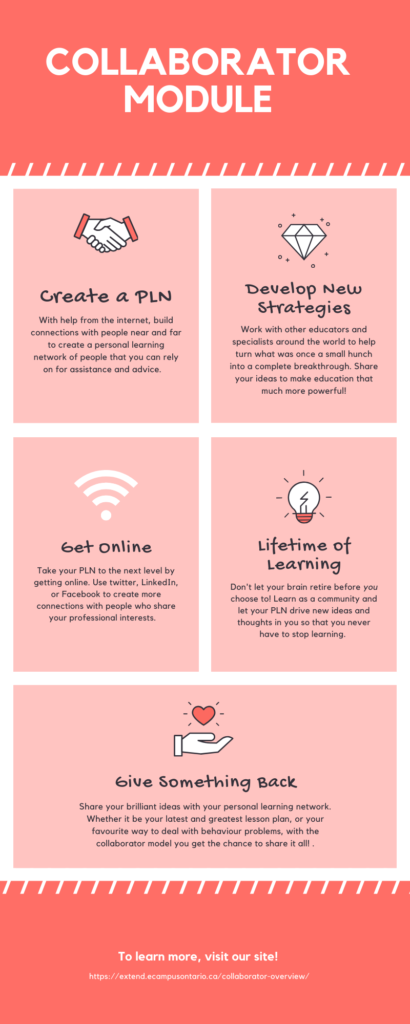
The collaborator module is a method of teaching and learning that is based upon working with others in a personal learning network. In my infographic, I chose to highlight the reasons why someone would choose to use the collaborator module, and how they should go about doing that.
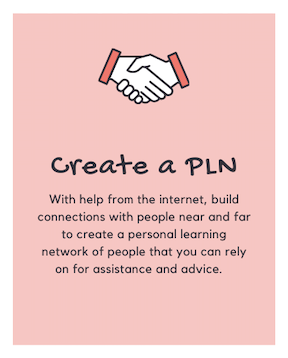
Creating a PLN is all about building relationships with people who have professional lifestyles you admire. For teachers, this could include: someone who is very knowledgeable in your teachable subject, someone who offers behavior management strategies, someone who demonstrates good pedagogy, someone who practices UDL, etc. This personal learning network is a group of “go-to” people when you need some help in the classroom, are looking to spice up your lessons, or just want to learn more about your profession.
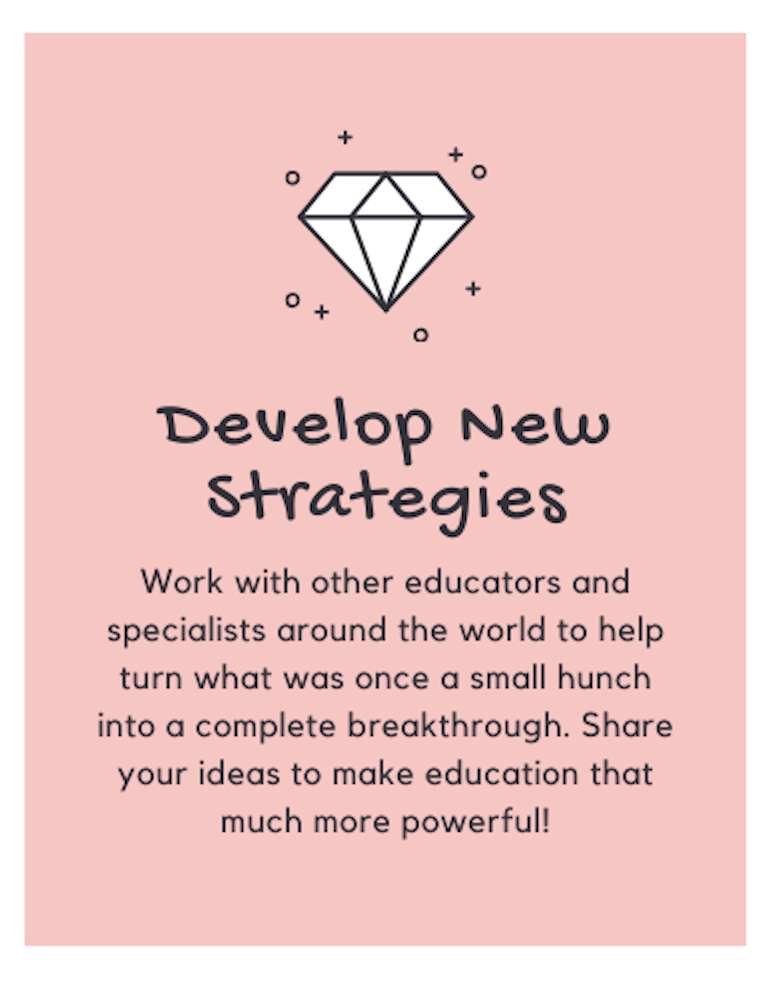
For me, developing new strategies is always easier when I have the help of others. Being the person I am, I tend to find a method that works for me, and use that method until it is beyond worn out. The collaborator module forces you out of that comfort zone and pushes you to try new ways of teaching.
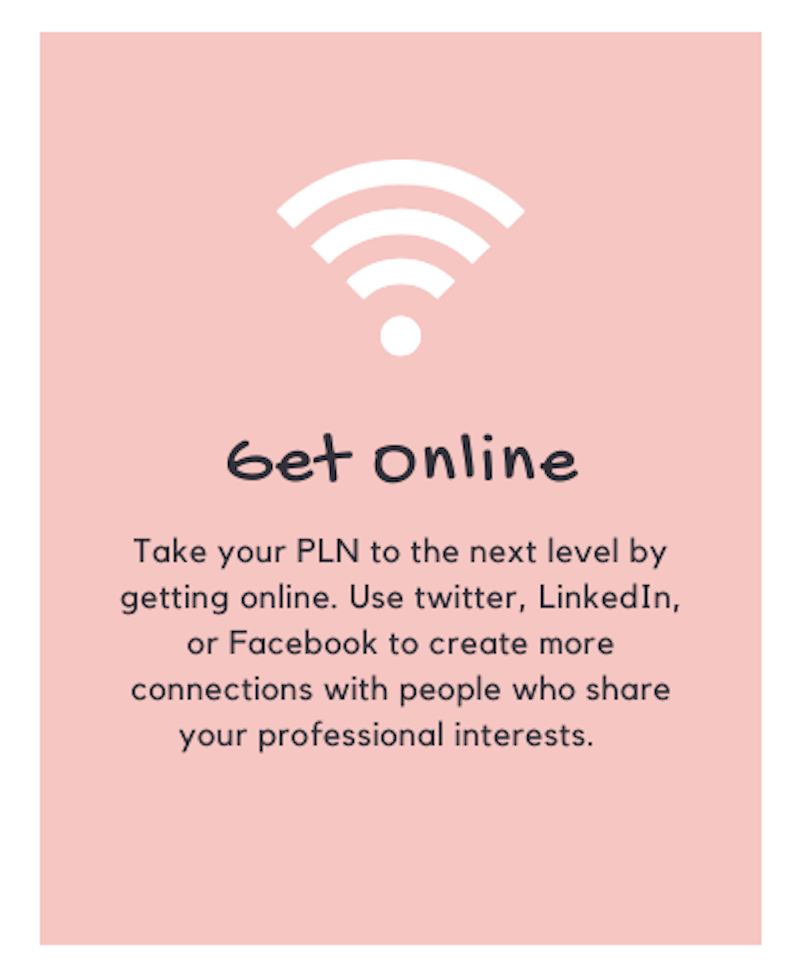
There are no limits when it comes to creating your own PLN. With the help of the internet, your network of people can come from any part of the world. Using websites such as twitter, LinkedIn, etc. you can connect with people who are truly the best of the best in your area of interest.
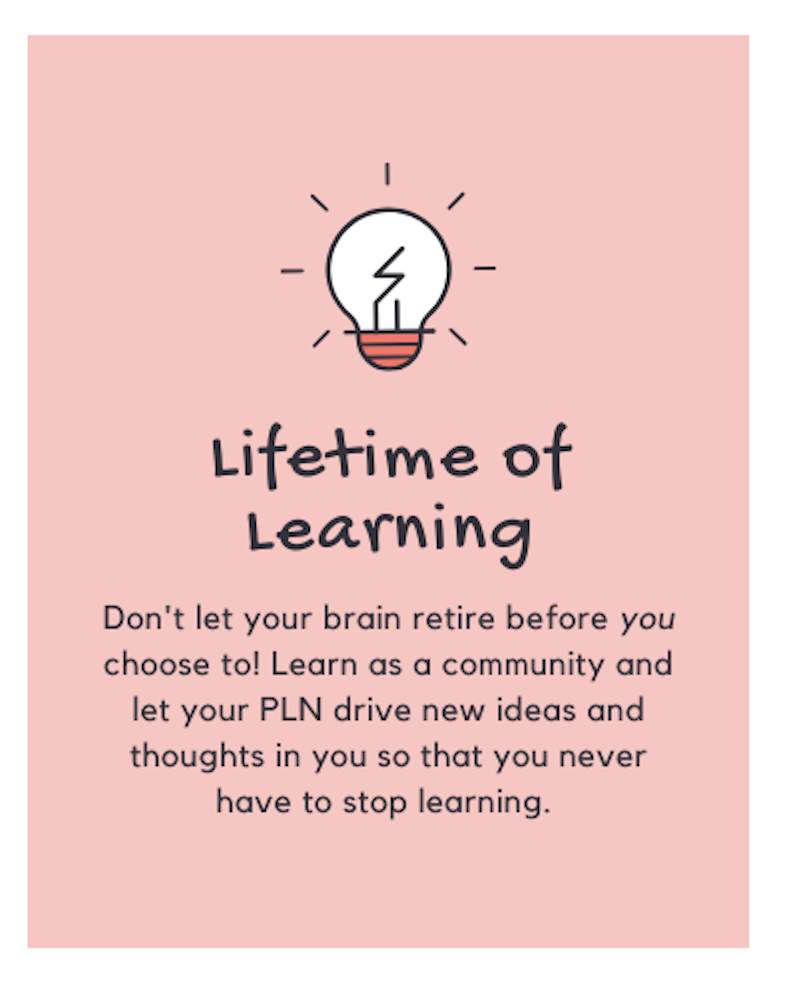
The best way to commit to a lifetime of learning is to surround yourself with people who are dedicated to doing the same thing. When you go browse on twitter and all you can find are ways to strengthen your pedagogy, better your lesson plans, and be a more inclusive teacher, it will be nearly impossible to stop growing.
As someone who always hated group work, I thought I would not connect with the collaborator module, as it would not line up with my teaching style. As I continued to read through different links and watch different videos, I concluded that this is a brilliant way to stay connected as an educator. It exposes you to so many different, yet meaningful sources that can really push me to be the best teacher I can be (as cliché as that sounds). I am super excited to start building my PLN in teachers’ college so I have resources ready for me as soon as I enter the workplace.



